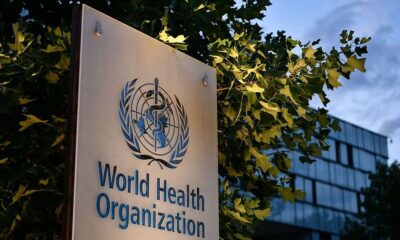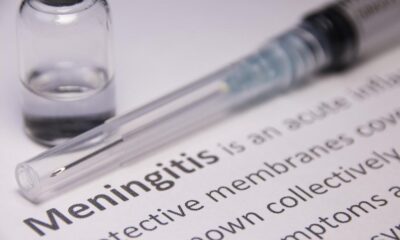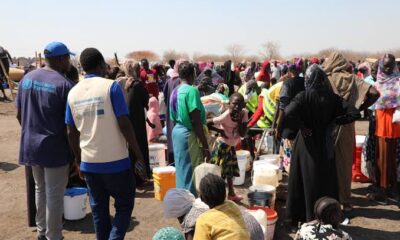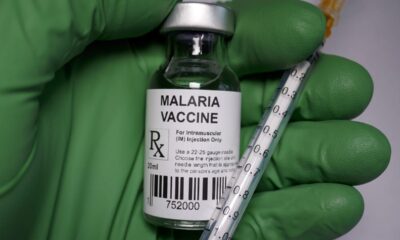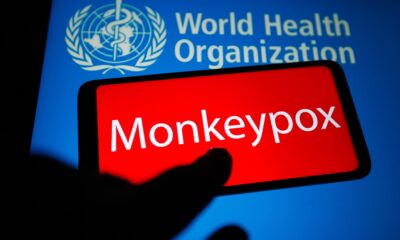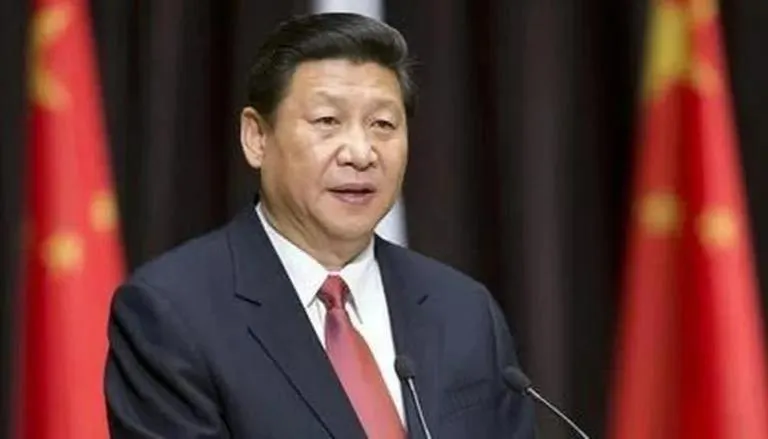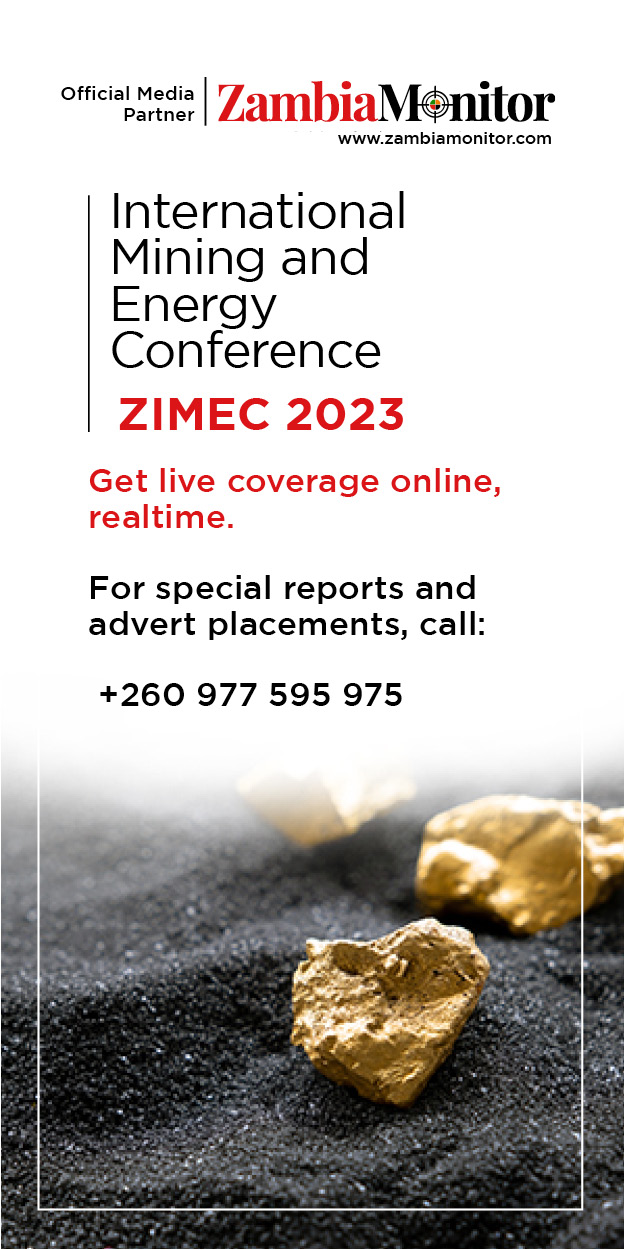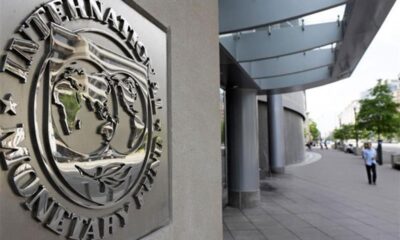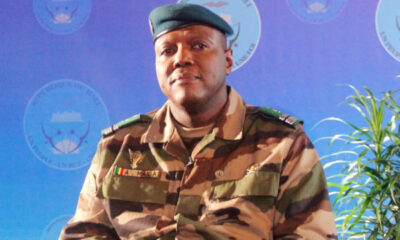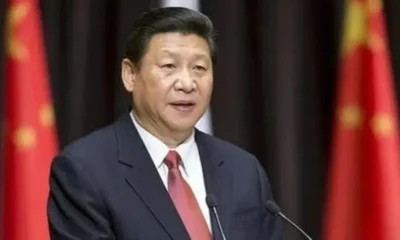The Director-General of the World Health Organization (WHO), Tedros Adhanom Ghebreyesu has called for the use of a second malaria vaccine to curb the life-threatening disease spread to humans by some mosquitoes.
Tedros made the recommendation during a briefing in Geneva on Monday, recalling that “almost exactly two years ago, WHO recommended the broad use of the world’s first malaria vaccine called R21/Matrix-M.”
Malaria remains one of Africa’s deadliest diseases, killing nearly half a million children under the age of five every year. In July, WHO and some of its partner agencies revealed that around 18 million doses of the first malaria vaccine would be delivered to 12 African countries. The road is now cleared by WHO for the second use of the vaccines.
“Today, it gives me great pleasure to announce that WHO is recommending a second vaccine called R21/Matrix-M to prevent malaria in children at risk of the disease,” Tedros said. R21/Matrix-M, created by the University of Oxford in the United Kingdom, will be accessible by the middle of 2024, with doses costing between $2 and $4.
“WHO is now reviewing the vaccine for prequalification, which is WHO stamp of approval, and will enable GAVI (a global vaccine alliance) and UNICEF to buy the vaccine from manufacturers,” Tedros said.
Adar Poonawalla, CEO of the Serum Institute of India, said it had already produced more than 20 million doses in anticipation of WHO’s recommendation.
“We will ramp it up as per what the demand requirements are,” he said in an interview. “We hope that by the end of 2024, there will be zero mismatches of demand and supply, with our supply coming into the system.”
By 2026, 40–60 million doses of the malaria vaccine will be required annually, and by 2030, 80–100 million doses will be required, according to estimates from the WHO, UNICEF, and Gavi.


 Sports2 days ago
Sports2 days ago
 Metro1 day ago
Metro1 day ago
 Culture2 days ago
Culture2 days ago
 Musings From Abroad1 day ago
Musings From Abroad1 day ago

